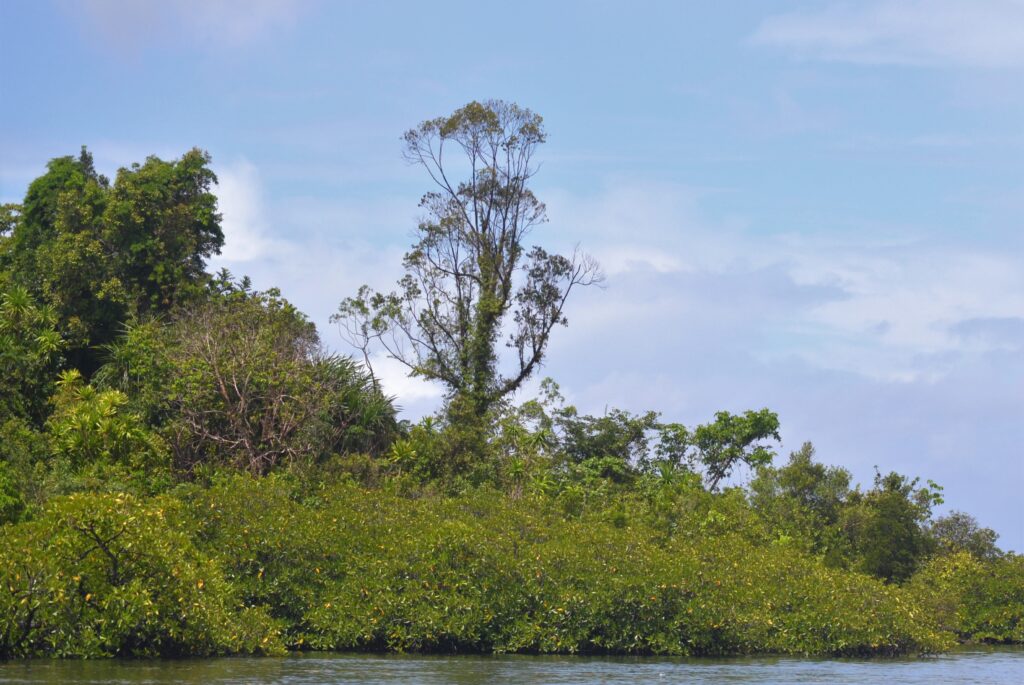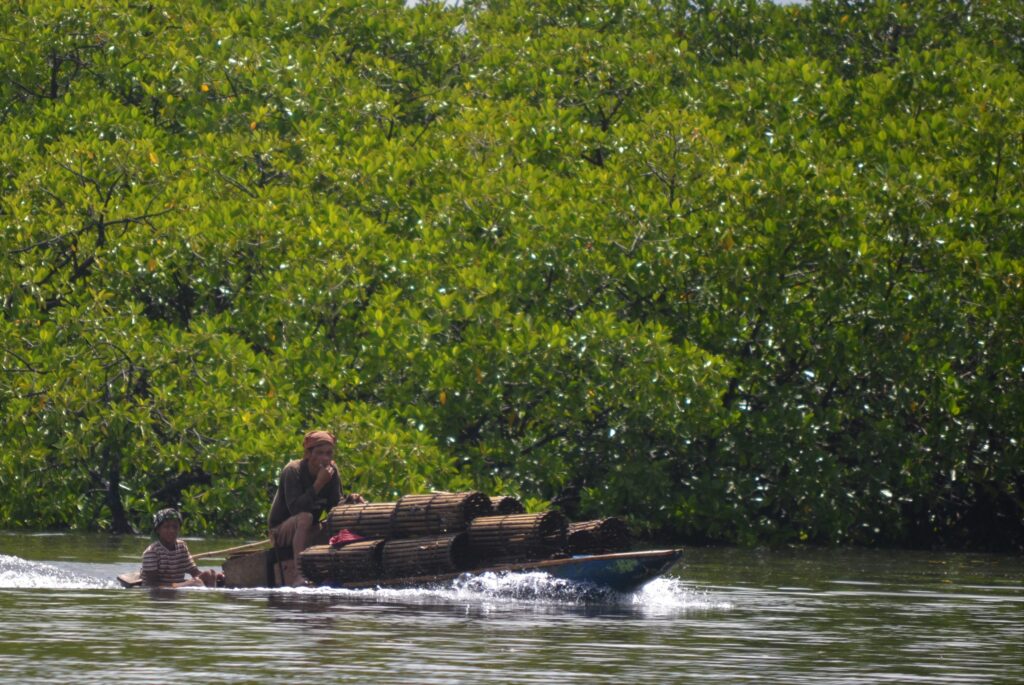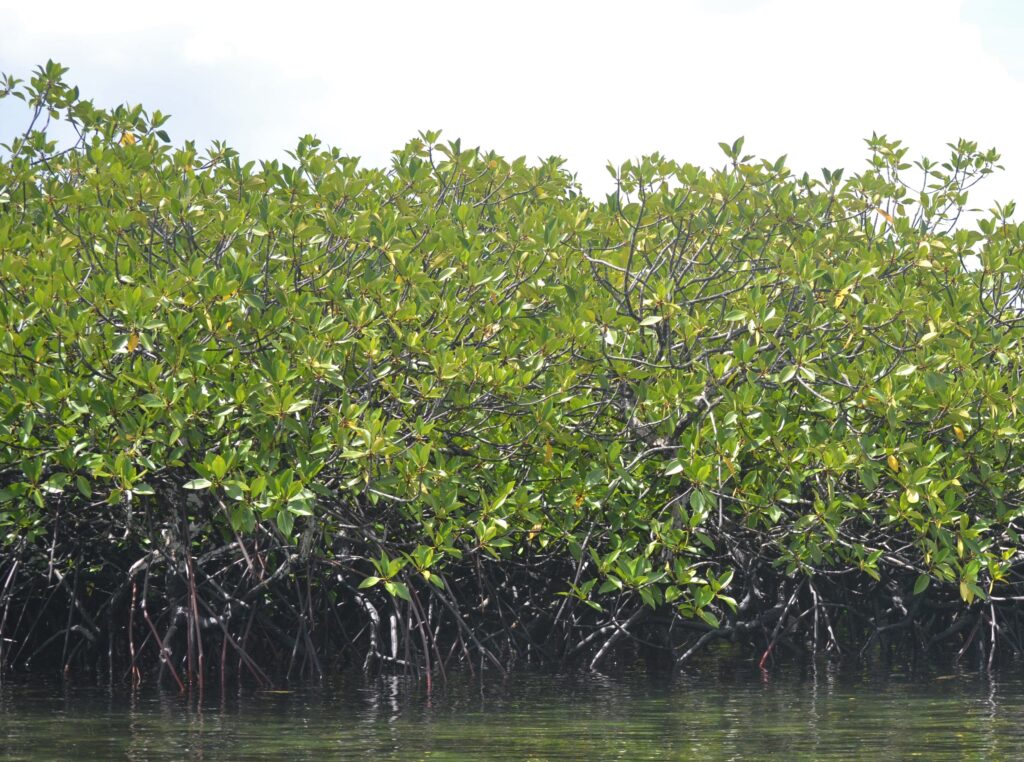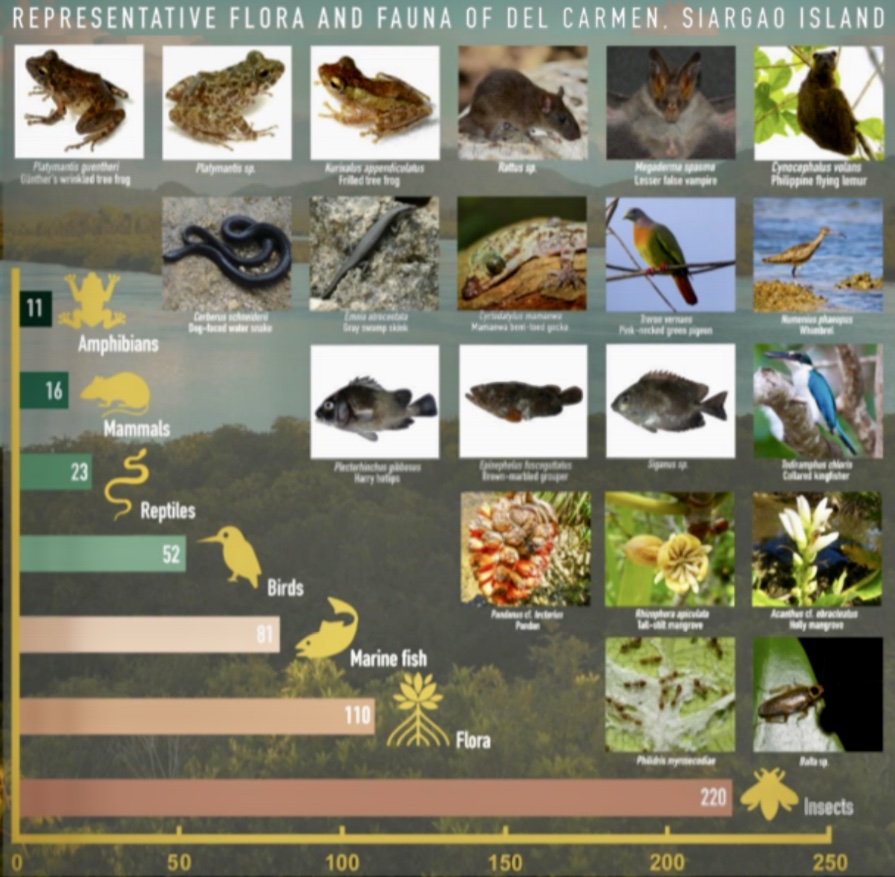Text and Photos by Henrylito D. Tacio
Additional Photo from NRCP
If you mention Siargao Island in Surigao del Sur to foreigners, what comes to their mind immediately is the famous “Cloud 9) wave. One of the best surfs in the world, and it is an incredible wave touched by the Pacific Ocean swell and winds.
What these foreigners – and even Filipinos – don’t know is that the island is also home to hundreds of flora and fauna, according to the Department of Science and Technology’s (DOST) National Research Council of the Philippines (NRCP).
Siargao has the largest protected area under the National Integrated Protected Area System (NIPAS) due to the mangrove forests. In fact, it is the second-largest in Mindanao with 8,620 hectares and a single forest block consisting of 4,200 hectares.
Most of these mangroves are located in the municipality of Del Carmen, one of the oldest settlements founded by the Spaniards in this part of the country. Early records of missionaries dated as far as 1571, or barely 50 years after discovering the Philippines.
The Department of Environment and Natural Resources (DENR) recognized the area as having the largest contiguous mangrove forest in the Philippines.
It is not surprising that most of Siargao’s wildlife species can be found in Del Carmen. In the website, surigaodelnorte.gov.ph, the provincial government stated: “(The municipality) is surrounded by several islets in the western coastal portion with beautiful beaches along Caub cave called Sugba. The sea, in contrast to the virgin forest, is rich in resources.
“Hundreds of fish species and numerous kinds of clams and crabs are found on the ocean floor. Shallow seas and coral reefs, even the murky swaps, are lined by almost endless raw mangroves inhabited by crocodiles of different sizes,” the website added.

Mangrove forest 
Diversified mangroves
Del Carmen is described as “a municipality of superlatives.” The website said: “The virgin forest orchid, and other ornamental plants can be seen; the widest natural grown mangrove trees and rarest crocodile species.”
The crocodile species found in the Del Carmen Mangrove Forest is the saltwater crocodile (Crocodylus porosus), the largest land and river-dwelling predator in the world.
To make a necessary inventory of flora and fauna found in Siargao, the NRCP members of Division V (Biological Sciences) conducted a study under the SAKLAW (Saklolo sa Lawa – Sustainable Communities) of the National Integrated Basic Research Agenda.
Dr. Cecilia Banag-Moran, who headed the study, reported the group found that in Del Carmen alone, a total of 110 species of plants and 403 species of animals from aquatic and terrestrial habitats.
In a statement posted on its website, it said that the researchers have “found remarkable plant and beach forest species and possible new species of frog, rat, tarsier, insects, marine fish and decapod crustaceans.”
“With this rich diversity, a move for the global importance of Del Carmen, Siargao should be considered for its conservation and sustainability,” the statement said.
Of the animals identified, 11 were amphibians, 14 mammals, 23 reptiles, 52 birds, and 81 marine fish. Nine species of plants and 34 species of terrestrial vertebrates are endemic to the Philippines. In addition, 45 species of plants and 17 species of terrestrial vertebrates “are not yet assessed for their conservation status.”
What is interesting about the study is that the amphibians and reptiles found in mangroves and surrounding habitats “are in excellent condition.” Because of this finding, the project researchers recommend “the need to place protection measures in the area.”

Mangroves up close 
Flora and fauna (NRCP)
The NRCP study also pointed out that the highly-diverse Del Carmen mangrove forest is “home of interesting species, host to unique floral assemblages, and haven of high floral diversity.”
NRCP researchers said there are 54 mangrove species in the world, and Del Carmen has 19 of these species or 35.19% of the total species.
“There is also a remarkable record of new 90 species of marine flora, thus, the need for continuance of correct and diversified mangrove planting,” the statement said.
The NRCP study was actually requested by the Siargao’s local government unit in response to scientific evidence to support its bid to Ramsar, the Convention on Wetlands. It is an intergovernmental treaty that provides the framework for national action and international cooperation for the conservation and wise use of wetlands and their resources.
The Philippines now has eight Ramsar sites, which are “of international importance.” These are Agusan Marsh Wildlife Sanctuary in Mindanao, Naujan Lake National Park in Oriental Mindoro, Olango Island Wildlife Sanctuary in Cebu, Puerto Princesa Subterranean River National Park in Palawan, the Tubbataha Reefs Natural Park in the Sulu Sea, the Las Piñas-Parañaque Critical Habitat, and Ecotourism Area, the Negros Occidental Coastal Wetlands Conservations Area, and the Sasmuan Pampanga Coastal Wetlands.
“The presence of threatened and endemic flora and fauna and possible new species, aside from the high diversity in the area is sufficient support for the Del Carmen Mangrove Forest to be listed under Ramsar for its long-term conservation and sustainable utilization,” the statement said.

